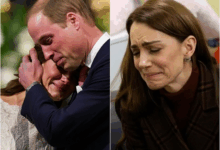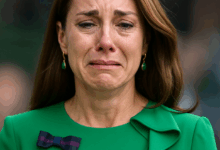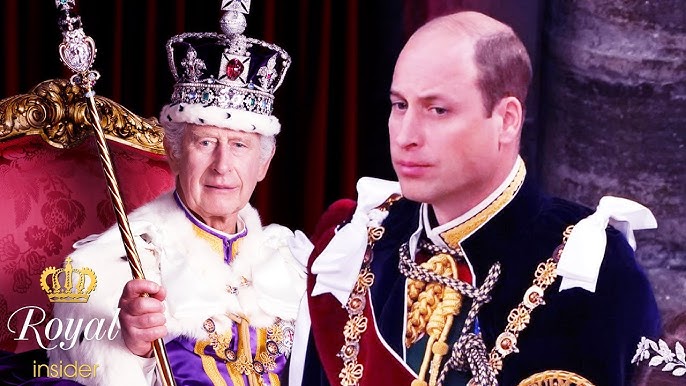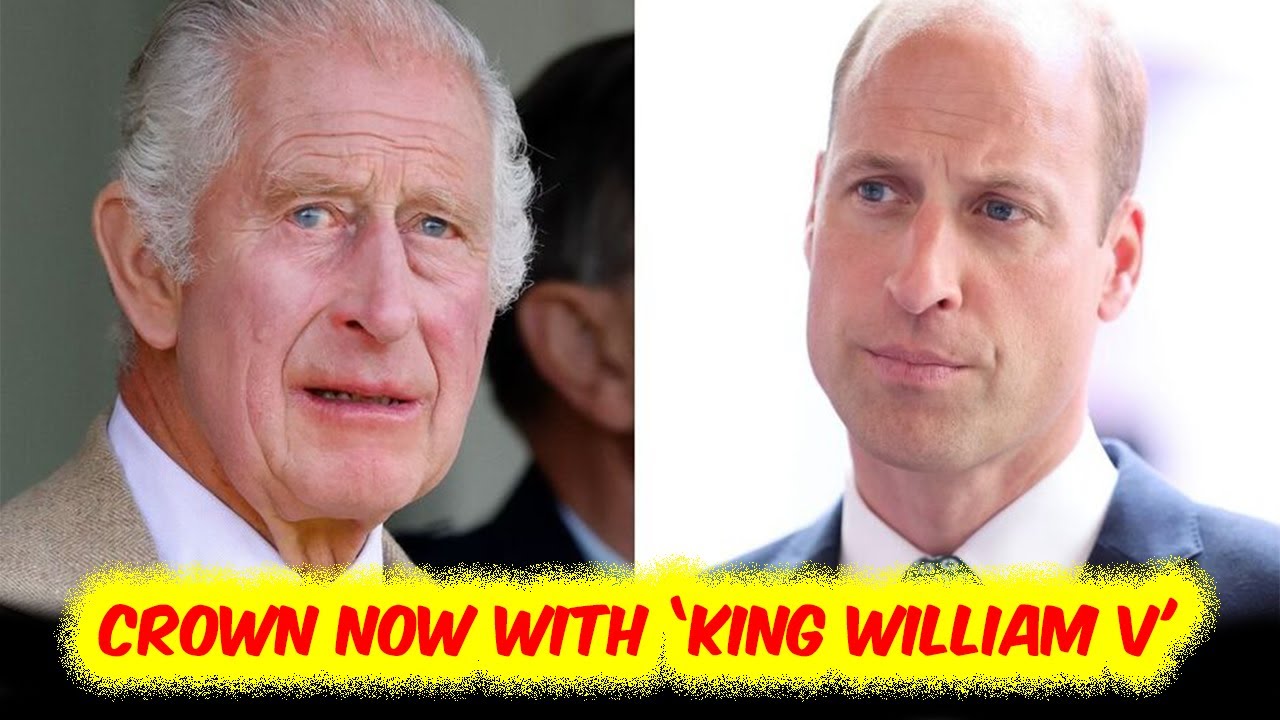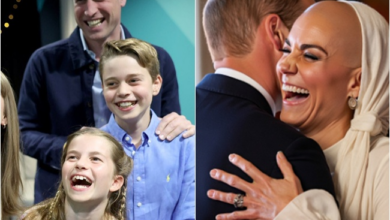William Starts Crying As King Charles RESIGN From Royal Duties For Future Intentions Of Monarchy
William Starts Crying As King Charles RESIGN From Royal Duties For Future Intentions Of Monarchy
A new era begins the reign of King William V. This week, the Prince of Wales and Irwin, 20, are currently in Cape Town in South Africa to take part in the annual Earthshot Prize Awards – an initiative founded by William, and of which the Aussie star is an ambassador.
In this touching documentary clip, Prince William’s heartfelt comments about the future of the monarchy leave his father, King Charles, in tears. As they discuss the estate and the importance of the “family angle,” William contemplates his plans for when he inherits control from his father. Watch as Charles reflects on this conversation and shares his emotional response. This powerful moment showcases the deep bond between father and son. Find out more about their journey in “Prince Charles: Inside the Duchy of Cornwall.”
King Charles appears to be at a pivotal moment, as his cancer diagnosis has led to a noticeable shift in power dynamics within the royal family.
Experts and royal observers, including Tom Sykes of *The Dailya Beast*, have commented on the growing tensions and uncertainty surrounding the monarchy’s future as the King’s health declines.
Sykes pointed to the symbolic “Mina Bridge” as representing a widening divide within the royal family, warning that this growing tension could potentially destabilize the institution as it braces for the challenges ahead.
Before Charles’s diagnosis, many believed he would enjoy a long reign like his mother, Queen Elizabeth II, who lived to 96, or his father, Prince Philip, who lived to 99. However, his recent health struggles have tempered these expectations, leaving the royal family to prepare more urgently for the future reign of King William V. While Charles continues to fulfill his duties, the focus has increasingly shifted towards ensuring a smooth transition to William’s reign, leading to the reallocation of influence and responsibility behind the scenes.
Tom Sykes noted in his analysis that royal decision-making power has already begun flowing toward Prince William, a shift that has become more pronounced since the King’s cancer diagnosis. William, who has taken on a more prominent public role, is now more visibly preparing for the responsibilities that will eventually fall to him as monarch. The groundwork for William’s reign is being laid in such a way that, even if King Charles’s health were to improve, it is unlikely that the changes being made would be reversed.
Sykes argued that, once preparations for a transition of power begin, they are difficult to undo, stating that “the genie is out of the bottle.” The public, too, has started to recognize this shift, as Prince William steps closer to the forefront of the monarchy. While Charles is still King, the accelerated focus on William as the future leader signals that the royal family is bracing for an inevitable transition, whether or not it happens soon.
This evolving situation has caused concern not only for the stability of the monarchy but also for the emotional toll on the individuals involved. As King Charles battles his illness, the family is navigating a period of personal grief while balancing their public roles. William and his wife, Princess Catherine, have already adjusted their lives to meet the increasing demands of royal duties, signaling that the transition is unofficially underway. The monarchy, which thrives on continuity and stability, now faces the complexities of change as it adapts to this uncertain period.
Ultimately, while the royal family is preparing for the eventual shift in leadership, the emotional challenges of King Charles’s illness remain central. Balancing personal loss with public duty will likely define this transition period as William takes on more responsibilities and the monarchy continues to evolve under these unprecedented circumstances.


